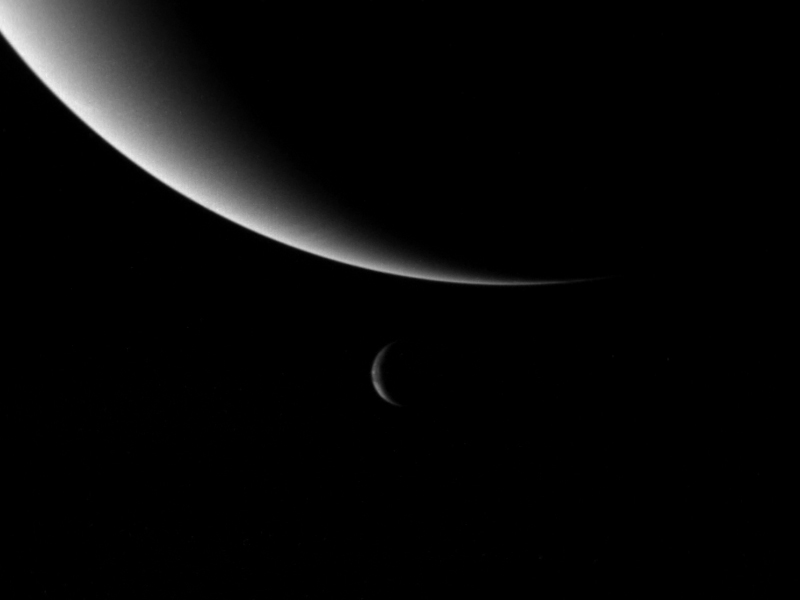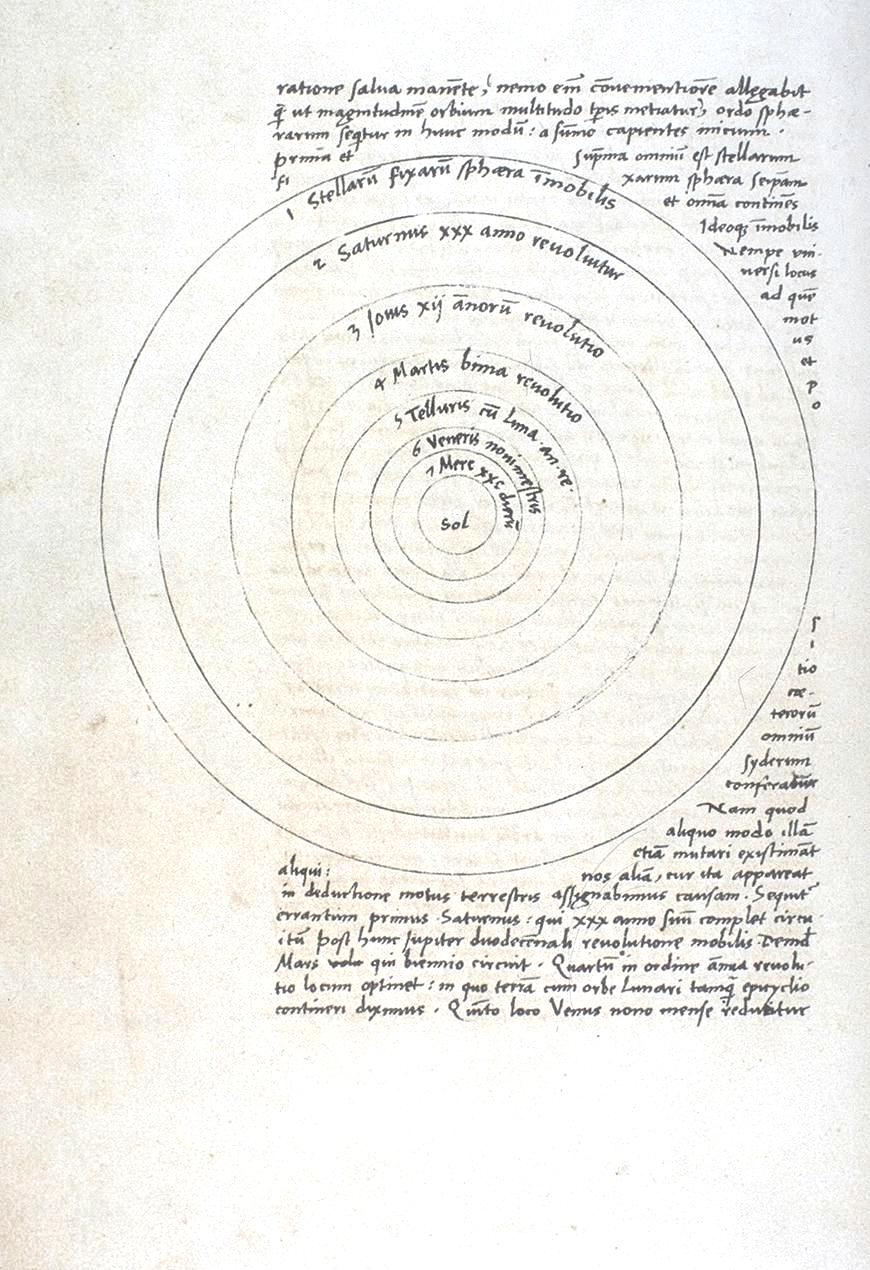|
Owen Gingerich
Owen Jay Gingerich (; born 1930) is professor emeritus of astronomy and of the history of science at Harvard University and a senior astronomer emeritus at the Smithsonian Astrophysical Observatory. In addition to his research and teaching, he has written many books on the history of astronomy. Gingerich is also a member of the American Academy of Arts and Sciences, the American Philosophical Society, and the International Academy of the History of Science. A committed Christian, he has been active in the American Scientific Affiliation, a society of evangelical scientists.Stephen C. Meyer.Owen Gingerich. ''Eternity''. May 1986. He has served on the board of trustees of the Templeton Foundation. Early life Gingerich was born to a Mennonite family in Washington, Iowa, but was raised on the prairies of Kansas where he first became interested in astronomy. His father, Melvin Gingerich, taught at Bethel College in North Newton, Kansas, from 1941 to 1947, when he took a job at Goshe ... [...More Info...] [...Related Items...] OR: [Wikipedia] [Google] [Baidu] |
Astronomy
Astronomy () is a natural science that studies astronomical object, celestial objects and phenomena. It uses mathematics, physics, and chemistry in order to explain their origin and chronology of the Universe, evolution. Objects of interest include planets, natural satellite, moons, stars, nebulae, galaxy, galaxies, and comets. Relevant phenomena include supernova explosions, gamma ray bursts, quasars, blazars, pulsars, and cosmic microwave background radiation. More generally, astronomy studies everything that originates beyond atmosphere of Earth, Earth's atmosphere. Cosmology is a branch of astronomy that studies the universe as a whole. Astronomy is one of the oldest natural sciences. The early civilizations in recorded history made methodical observations of the night sky. These include the Babylonian astronomy, Babylonians, Greek astronomy, Greeks, Indian astronomy, Indians, Egyptian astronomy, Egyptians, Chinese astronomy, Chinese, Maya civilization, Maya, and many anc ... [...More Info...] [...Related Items...] OR: [Wikipedia] [Google] [Baidu] |
Goshen College
Goshen College is a Private college, private Mennonite Church USA, Mennonite Liberal arts colleges in the United States, liberal arts college in Goshen, Indiana. It was founded in 1894 as the Elkhart Institute of Science, Industry and the Arts, and is affiliated with Mennonite Church USA. The college is Higher education accreditation in the United States, accredited by the Higher Learning Commission and has an enrollment of 950 students. While Goshen maintains a distinctive liberal Mennonite worldview and Mennonites make up 43 percent of the student body, it admits students of all religions. Goshen College is home to ''The Mennonite Quarterly Review'' and the Mennonite Historical Library, a research library compiling one of the world's most comprehensive collection of Anabaptist and Mennonite primary source material. History "Old" Mennonites started the Elkhart Institute in Elkhart, Indiana, in August 1894, to prepare Mennonite youth for college.Randall Herbert Balmer, ''Encyc ... [...More Info...] [...Related Items...] OR: [Wikipedia] [Google] [Baidu] |
Pluto
Pluto (minor-planet designation: 134340 Pluto) is a dwarf planet in the Kuiper belt, a ring of trans-Neptunian object, bodies beyond the orbit of Neptune. It is the ninth-largest and tenth-most-massive known object to directly orbit the Sun. It is the largest known trans-Neptunian object by volume, by a small margin, but is slightly less massive than Eris (dwarf planet), Eris. Like other Kuiper belt objects, Pluto is made primarily of ice and rock and is much smaller than the inner planets. Compared to Moon, Earth's moon, Pluto has only one sixth its mass and one third its volume. Pluto has a moderately orbital eccentricity, eccentric and inclined orbit, ranging from from the Sun. Light from the Sun takes 5.5 hours to reach Pluto at its average distance (). Pluto's eccentric orbit periodically brings it closer to the Sun than Neptune, but a stable orbital resonance prevents them from colliding. Pluto has moons of Pluto, five known moons: Charon (moon), Charon, the larg ... [...More Info...] [...Related Items...] OR: [Wikipedia] [Google] [Baidu] |
2006 Definition Of Planet
The International Astronomical Union (IAU) defined in August 2006 that, in the Solar System, a ''planet'' is a celestial body that: # is in orbit around the Sun, # has sufficient mass to assume hydrostatic equilibrium (a nearly round shape), and # has "cleared the neighbourhood" around its orbit. A non-satellite body fulfilling only the first two of these criteria (such as Pluto, which had hitherto been considered a planet) is classified as a ''dwarf planet''. According to the IAU, "planets and dwarf planets are two distinct classes of objects" – in other words, "dwarf planets" are not planets. A non-satellite body fulfilling only the first criterion is termed a ''small Solar System body'' (SSSB). An alternate proposal included dwarf planets as a subcategory of planets, but IAU members voted against this proposal. The decision was a controversial one, and has drawn both support and criticism from astronomers. The IAU has stated that there are eight known planets in the Solar ... [...More Info...] [...Related Items...] OR: [Wikipedia] [Google] [Baidu] |
136199 Eris
Eris (minor-planet designation 136199 Eris) is the most massive and second-largest known dwarf planet in the Solar System. It is a trans-Neptunian object (TNO) in the scattered disk and has a high-eccentricity orbit. Eris was discovered in January 2005 by a Palomar Observatory–based team led by Mike Brown and verified later that year. In September 2006, it was named after the GrecoRoman goddess of strife and discord. Eris is the ninth-most massive known object orbiting the Sun and the sixteenth-most massive overall in the Solar System (counting moons). It is also the largest object that has not been visited by a spacecraft. Eris has been measured at in diameter; its mass is 0.28% that of the Earth and 27% greater than that of Pluto, although Pluto is slightly larger by volume. Eris has one large known moon, Dysnomia. In February 2016, Eris's distance from the Sun was , more than three times that of Neptune or Pluto. With the exception of long-period comets, Eris and ... [...More Info...] [...Related Items...] OR: [Wikipedia] [Google] [Baidu] |
Definition Of Planet
The definition of ''planet'', since the word was coined by the ancient Greeks, has included within its scope a wide range of celestial bodies. Greek astronomers employed the term (), 'wandering stars', for star-like objects which apparently moved over the sky. Over the millennia, the term has included a variety of different objects, from the Sun and the Moon to satellites and asteroids. In modern astronomy, there are two primary conceptions of a 'planet'. Disregarding the often inconsistent technical details, they are whether an astronomical body ''dynamically dominates'' its region (that is, whether it controls the fate of other smaller bodies in its vicinity) or whether it is in ''hydrostatic equilibrium'' (that is, whether it looks round). These may be characterized as the dynamical dominance definition and the geophysical definition. The issue of a clear definition for ''planet'' came to a head in January 2005 with the discovery of the trans-Neptunian object Eris, a bo ... [...More Info...] [...Related Items...] OR: [Wikipedia] [Google] [Baidu] |
International Astronomical Union
The International Astronomical Union (IAU; french: link=yes, Union astronomique internationale, UAI) is a nongovernmental organisation with the objective of advancing astronomy in all aspects, including promoting astronomical research, outreach, education, and development through global cooperation. It was founded in 1919 and is based in Paris, France. The IAU is composed of individual members, who include both professional astronomers and junior scientists, and national members, such as professional associations, national societies, or academic institutions. Individual members are organised into divisions, committees, and working groups centered on particular subdisciplines, subjects, or initiatives. As of 2018, the Union had over 13,700 individual members, spanning 90 countries, and 82 national members. Among the key activities of the IAU is serving as a forum for scientific conferences. It sponsors nine annual symposia and holds a triannual General Assembly that sets policy ... [...More Info...] [...Related Items...] OR: [Wikipedia] [Google] [Baidu] |
Latin
Latin (, or , ) is a classical language belonging to the Italic branch of the Indo-European languages. Latin was originally a dialect spoken in the lower Tiber area (then known as Latium) around present-day Rome, but through the power of the Roman Republic it became the dominant language in the Italian region and subsequently throughout the Roman Empire. Even after the fall of Western Rome, Latin remained the common language of international communication, science, scholarship and academia in Europe until well into the 18th century, when other regional vernaculars (including its own descendants, the Romance languages) supplanted it in common academic and political usage, and it eventually became a dead language in the modern linguistic definition. Latin is a highly inflected language, with three distinct genders (masculine, feminine, and neuter), six or seven noun cases (nominative, accusative, genitive, dative, ablative, and vocative), five declensions, four verb conjuga ... [...More Info...] [...Related Items...] OR: [Wikipedia] [Google] [Baidu] |
Newton's Laws Of Motion
Newton's laws of motion are three basic laws of classical mechanics that describe the relationship between the motion of an object and the forces acting on it. These laws can be paraphrased as follows: # A body remains at rest, or in motion at a constant speed in a straight line, unless acted upon by a force. # When a body is acted upon by a force, the time rate of change of its momentum equals the force. # If two bodies exert forces on each other, these forces have the same magnitude but opposite directions. The three laws of motion were first stated by Isaac Newton in his '' Philosophiæ Naturalis Principia Mathematica'' (''Mathematical Principles of Natural Philosophy''), originally published in 1687. Newton used them to investigate and explain the motion of many physical objects and systems, which laid the foundation for classical mechanics. In the time since Newton, the conceptual content of classical physics has been reformulated in alternative ways, involving diff ... [...More Info...] [...Related Items...] OR: [Wikipedia] [Google] [Baidu] |
Harvard
Harvard University is a private Ivy League research university in Cambridge, Massachusetts. Founded in 1636 as Harvard College and named for its first benefactor, the Puritan clergyman John Harvard, it is the oldest institution of higher learning in the United States and one of the most prestigious and highly ranked universities in the world. The university is composed of ten academic faculties plus Harvard Radcliffe Institute. The Faculty of Arts and Sciences offers study in a wide range of undergraduate and graduate academic disciplines, and other faculties offer only graduate degrees, including professional degrees. Harvard has three main campuses: the Cambridge campus centered on Harvard Yard; an adjoining campus immediately across Charles River in the Allston neighborhood of Boston; and the medical campus in Boston's Longwood Medical Area. Harvard's endowment is valued at $50.9 billion, making it the wealthiest academic institution in the world. Endowment inco ... [...More Info...] [...Related Items...] OR: [Wikipedia] [Google] [Baidu] |
De Revolutionibus Orbium Coelestium
''De revolutionibus orbium coelestium'' (English translation: ''On the Revolutions of the Heavenly Spheres'') is the seminal work on the heliocentric theory of the astronomer Nicolaus Copernicus (1473–1543) of the Polish Renaissance. The book, first printed in 1543 in Nuremberg, Holy Roman Empire, offered an alternative model of the universe to Ptolemy's geocentric system, which had been widely accepted since ancient times. History Copernicus initially outlined his system in a short, untitled, anonymous manuscript that he distributed to several friends, referred to as the ''Commentariolus''. A physician's library list dating to 1514 includes a manuscript whose description matches the ''Commentariolus'', so Copernicus must have begun work on his new system by that time. Most historians believe that he wrote the ''Commentariolus'' after his return from Italy, possibly only after 1510. At this time, Copernicus anticipated that he could reconcile the motion of the Earth with the ... [...More Info...] [...Related Items...] OR: [Wikipedia] [Google] [Baidu] |






